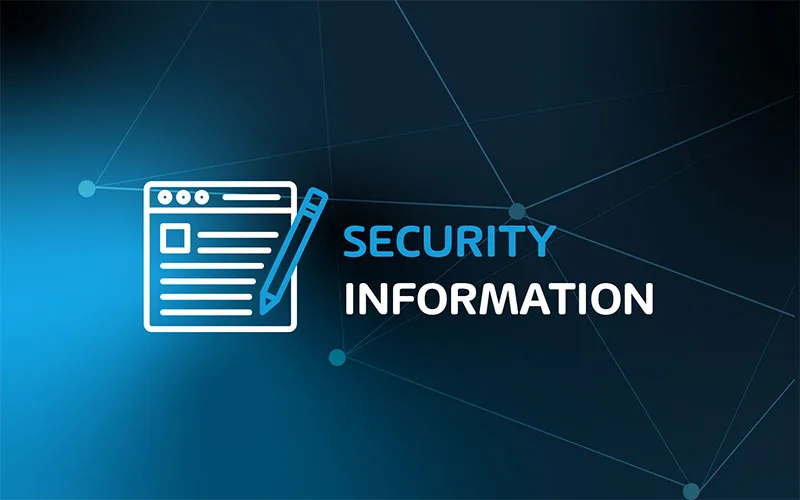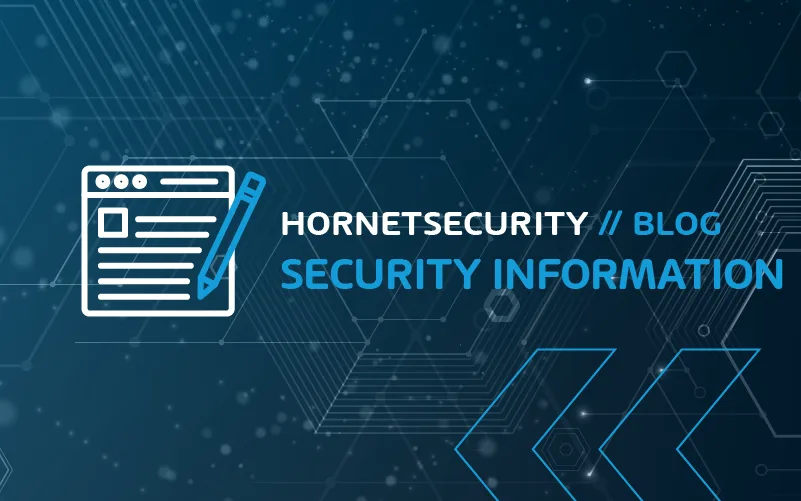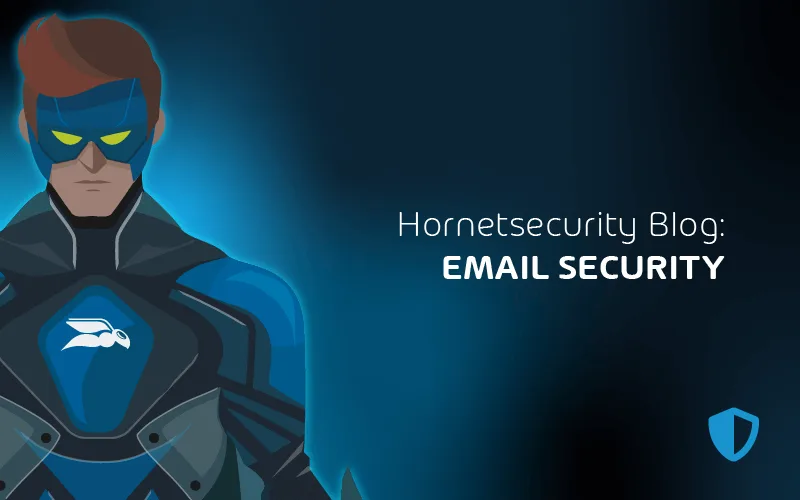
In this article we’ll look at how to prevent your business falling victim to a ransomware…

One of the best things about Hornetsecurity’s yearly Cyber Security Report is its foundation in…

This year we’ve analyzed over 45 billion emails and sliced and diced this data, and…

Every year we at the Security Lab here at Hornetsecurity sift through billions of emails…

An insider threat is like a wolf in sheep’s clothing. Outwardly, they appear just like…

No, this guide does not relate to any sort of attack on potato hash or…

An adversary-in-the-middle attack (formerly Man-in-the-middle, sometimes now referred to as Attacker-in-the-middle) is a type of…
